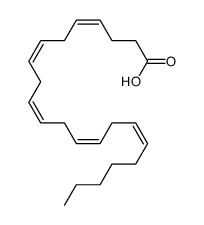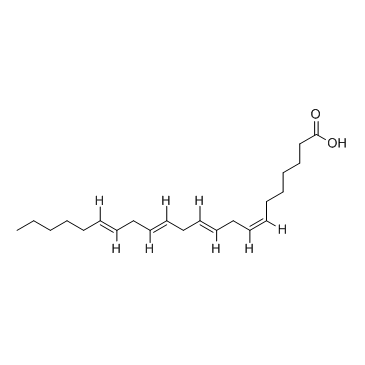| Structure | Name/CAS No. | Articles |
|---|---|---|
 |
all-cis-4,7,10,13,16-Docosapentaenoic acid, C22:5n6
CAS:25182-74-5 |
|
 |
Adrenic Acid
CAS:28874-58-0 |